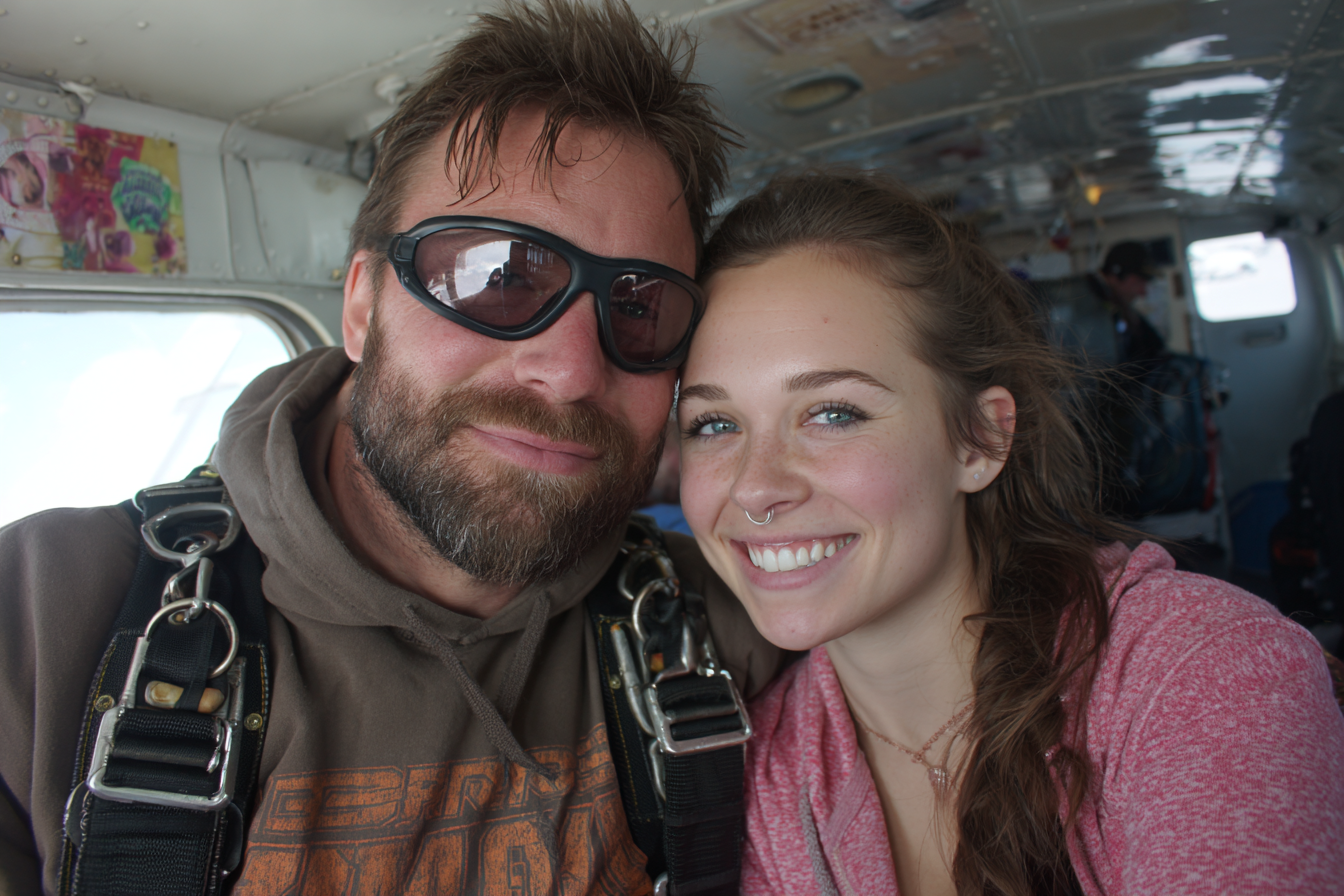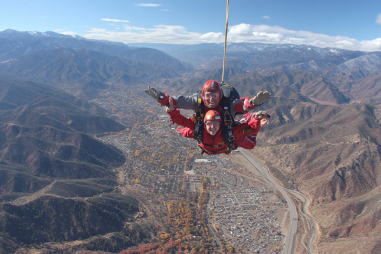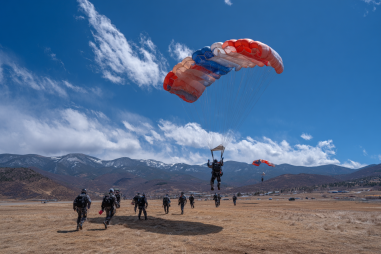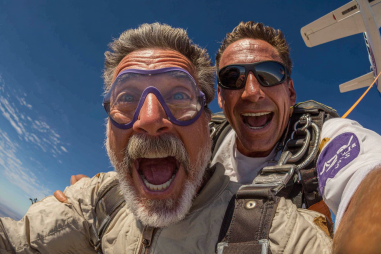Skydiving offers an exhilarating experience unlike any other, and tandem jumps have become the go-to option for first-timers seeking both thrill and safety. While the adrenaline rush is undeniable, understanding and adhering to strict safety procedures is crucial to ensure that your tandem skydiving experience is not only memorable but also secure. This guide dives into everything you need to know about the safety protocols involved in tandem jumps, giving you confidence from preparation through landing.
Introduction to Tandem Skydiving
Tandem skydiving is a method where a student or first-time jumper is connected via a harness to a certified instructor during the entire jump. This setup allows novices to experience freefall and parachuting with the guidance of a highly trained professional, minimizing risks associated with solo jumps. Given that the student is attached to an expert, tandem jumps provide a controlled environment where the instructor manages most of the technical aspects, including deployment and landing.
Because safety is paramount, tandem skydiving centers follow rigorous standards to protect jumpers. From pre-jump briefings to post-jump evaluations, every step is designed to reduce risks while delivering the thrill of skydiving.
Pre-jump Safety Briefing and Gear Checks
Before any tandem jump, a comprehensive safety briefing is a mandatory part of the process. This briefing covers everything from the jump sequence to emergency procedures, so jumpers fully understand what to expect. Instructors explain the freefall mechanics, body positioning, parachute deployment, and landing techniques. Additionally, they cover vital safety signals and how to communicate during the jump.
Equally important is the gear check. Each piece of equipment is carefully inspected and tested, including:
- The main and reserve parachutes
- The tandem harness system
- The automatic activation device (AAD), which deploys the reserve chute if needed
- Helmets and altimeters
Properly fitted harnesses and helmets are essential, and staff ensure that every strap and buckle is securely fastened. The goal is to eliminate any equipment failure before the jump begins.
Instructor Responsibilities and Safety Measures
Instructors play a critical role in ensuring the tandem jump is safe and enjoyable. Certified through rigorous training and regular recertifications, these professionals carry the responsibility for:
- Managing the jump plan and weather assessments
- Performing thorough gear inspections
- Communicating clearly with the student throughout the process
- Executing the jump, including exit timing, freefall control, parachute deployment, and landing
Instructors are trained to anticipate and handle emergencies, such as deploying reserve chutes or performing cutaway maneuvers if the main parachute malfunctions. They also monitor environmental conditions like wind speed and cloud coverage to decide whether the jump should proceed or be delayed for safety.
Student Preparation and Training
While the instructor manages most technical aspects, the student must arrive well-prepared and mentally ready for the experience. Preparation includes understanding the safety briefing content and practicing body positioning on the ground. Specific training tips covered during the pre-jump session include:
- How to arch your body during freefall for stability
- Proper hand and foot placement to avoid collisions
- Using hand signals during the jump
- Safe landing positions to reduce injury risk
Mental preparedness is equally important. First-time jumpers should stay calm, trust their instructor, and focus on following instructions closely. Wearing comfortable clothing and proper footwear also contributes to a smooth, safe experience.
Procedures During Exit, Freefall, and Deployment
The skydiving experience kicks off as the aircraft ascends to jump altitude, usually around 10,000 to 14,000 feet. Upon reaching altitude, the tandem pair approaches the aircraft door, where the instructor ensures harness connections are secure. The exit from the plane requires coordination and timing to achieve a safe and stable jump trajectory.
During freefall, the instructor maintains control by positioning themselves behind the student, guiding the direction and stability of the descent. The typical freefall lasts between 40 and 60 seconds, giving jumpers an intense adrenaline rush. Throughout this stage, the instructor monitors altitude and prepares for parachute deployment at the appropriate height, typically around 5,000 feet.
At deployment, the instructor activates the parachute system, transitioning the jump from freefall to canopy flight. This phase demands precise timing and technique to ensure smooth chute inflation and heading towards a safe landing zone.
Landing Safety Protocols
Landing is a crucial phase where attention to detail significantly impacts safety. The instructor navigates the canopy towards a designated landing area, accounting for wind and other environmental factors. Students are instructed on how to position their legs and feet for touchdown, emphasizing bending knees to absorb impact and prevent injuries.
In the event of unexpected conditions, such as gusts of wind, the instructor is prepared to deploy emergency landing procedures to safely bring the tandem pair down. Clear communication between student and instructor just before landing helps ensure coordination and balance upon touchdown.
Post-jump Review and Feedback
Once on the ground, the experience doesn’t end immediately. A post-jump debrief is conducted to discuss the jump, address any questions, and provide feedback on performance and safety awareness. This review helps first-time jumpers understand what went well and where improvements could be made for future jumps.
Many skydiving centers encourage students to share their feelings and experiences, reinforcing trust and confidence. The instructor also inspects the gear one last time to ensure everything is in proper condition before storing it securely.
Feeling Secure and Ready for the Skies
Understanding the comprehensive safety procedures involved in tandem skydiving can help prospective jumpers feel more secure and excited about their adventure. From the thorough pre-jump preparations and gear checks to the instructor’s expert control during the jump, every detail is carefully managed to safeguard your experience.
Whether you’re a nervous first-timer or simply curious about how safety is maintained at 12,000 feet, knowing these procedures helps demystify the process and makes the thrill of skydiving a safe reality. So gear up, trust your instructor, and prepare yourself for the exhilarating plunge of a lifetime!







